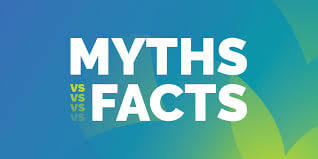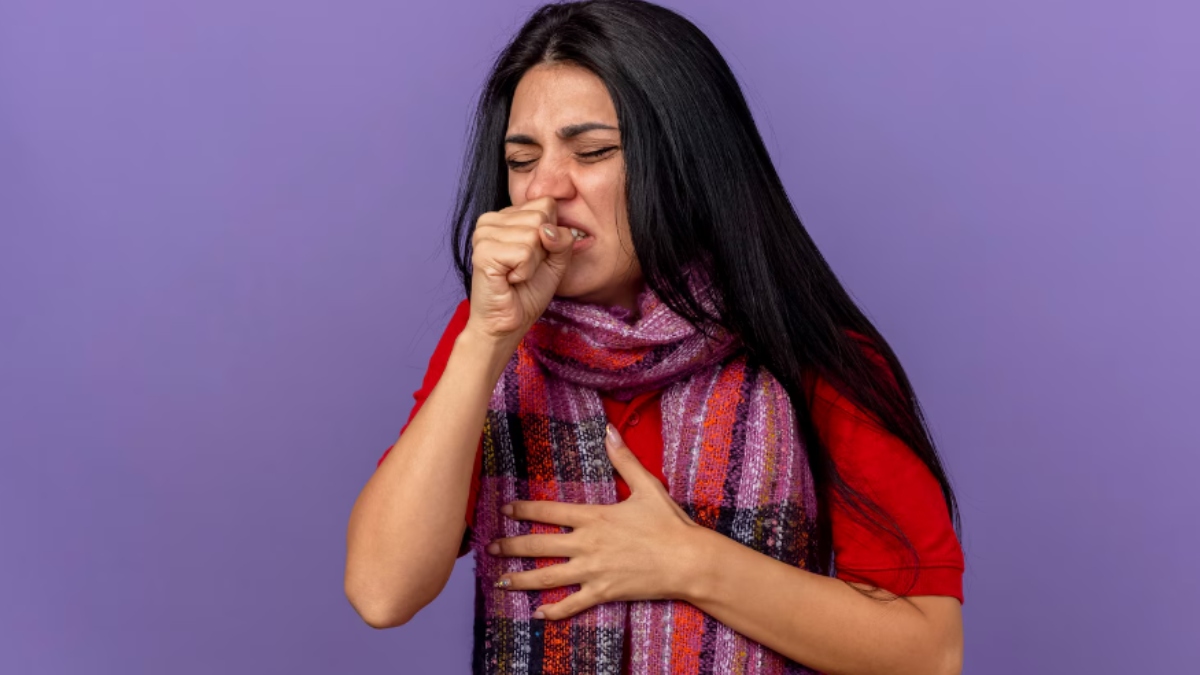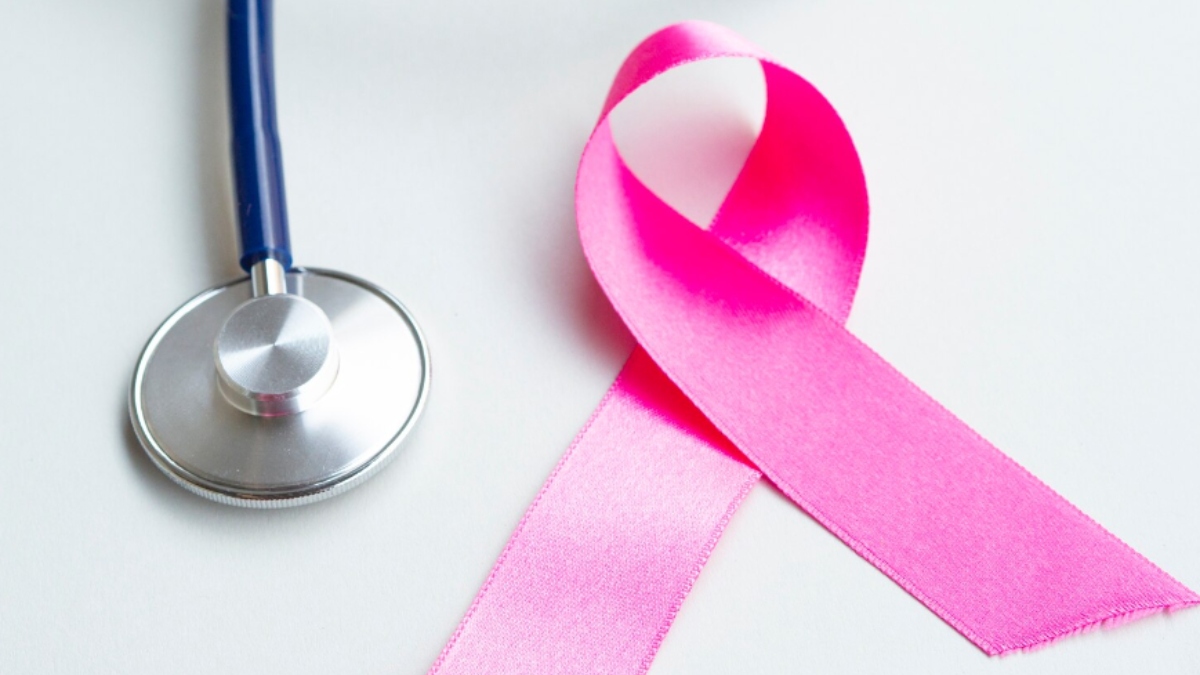
Unraveling Stroke Myths: Know the Facts
Many people believe that strokes primarily affect older adults, leading to a dangerous misunderstanding. The reality is that strokes can occur at any age, including in your 20s, 30s, or 40s. Signs may start small, such as a brief episode of dizziness or slurred speech, which are often dismissed as temporary issues. However, these can be early warning signs requiring immediate attention.
According to Dr. Pradeep Mahajan, a regenerative medicine researcher, unhealthy lifestyles, stress, smoking, alcohol consumption, high blood pressure, and diabetes can elevate the risk of strokes in younger individuals. Understanding that a stroke is essentially a brain attack is vital. It occurs when the blood flow to the brain is obstructed or when a blood vessel bursts, depriving brain cells of oxygen.
Every minute counts when a stroke happens. Recognizing symptoms such as a drooping face, weak arms, or slurred speech is crucial. Immediate emergency help can drastically reduce brain damage. The faster you act, the better the chances of recovery. Treatments can restore blood flow if administered quickly, and modern regenerative medicine can aid in faster recovery.
Recovery from a stroke is possible, especially with the right rehabilitation strategies. Physiotherapy and speech therapy play significant roles, and with facilities like StemRx Hospital, patients can often regain their strength and mobility over time. It's essential to recognize that mini-strokes, or TIAs, can signal an impending major stroke. While the symptoms may vanish quickly, they should never be ignored.
Effective recovery is not merely about medical treatment; it requires a combination of physiotherapy, rehabilitation, healthy lifestyle changes, and emotional support from loved ones. Remarkably, up to 80% of strokes are preventable through managing conditions such as blood pressure, diabetes, and cholesterol, along with adopting a healthier lifestyle.
Advanced therapies, including stem cell and regenerative treatments, are being utilized to repair brain tissue damaged by strokes. These therapies can help reduce inflammation, promote healing, and enhance recovery when combined with rehabilitation efforts.
In conclusion, awareness is vital. Ignoring stroke symptoms can lead to severe consequences. By knowing the facts and acting swiftly, we can potentially save lives and prevent the long-term effects of stroke. Remember, a stroke is a medical emergency—understanding and timely action can make all the difference.











